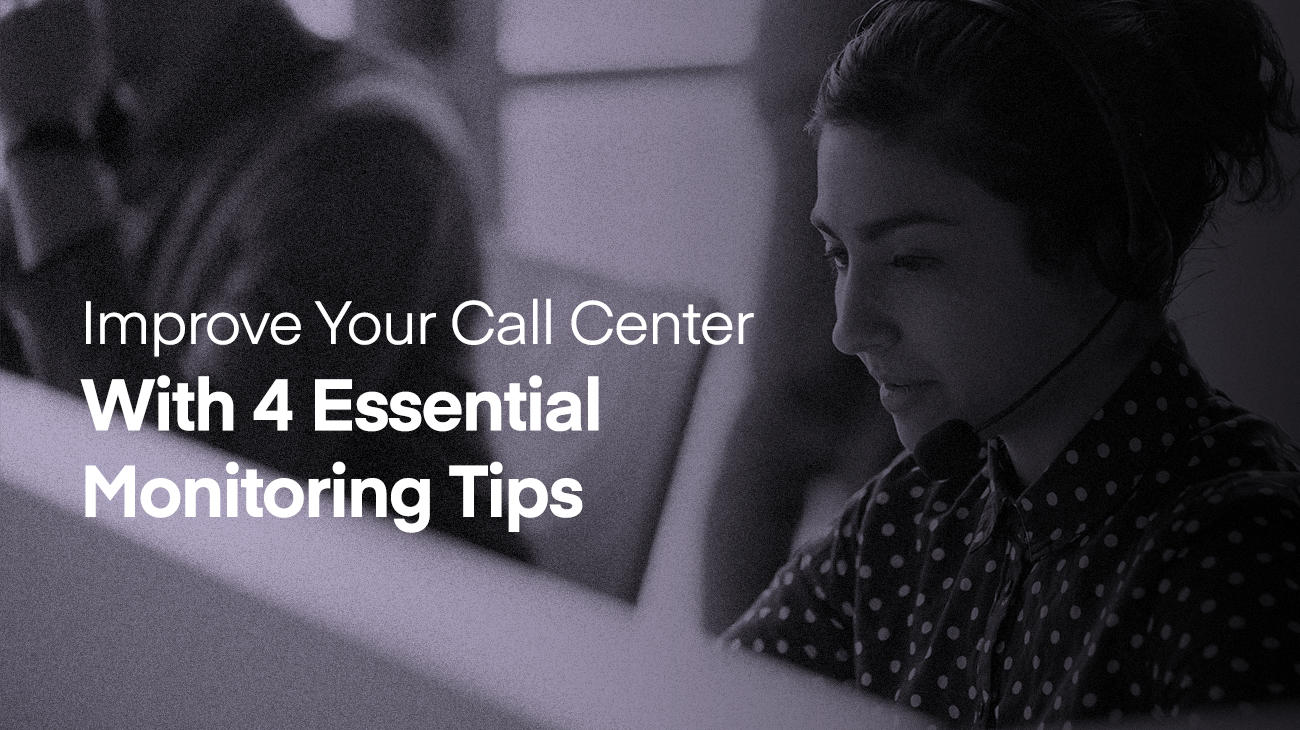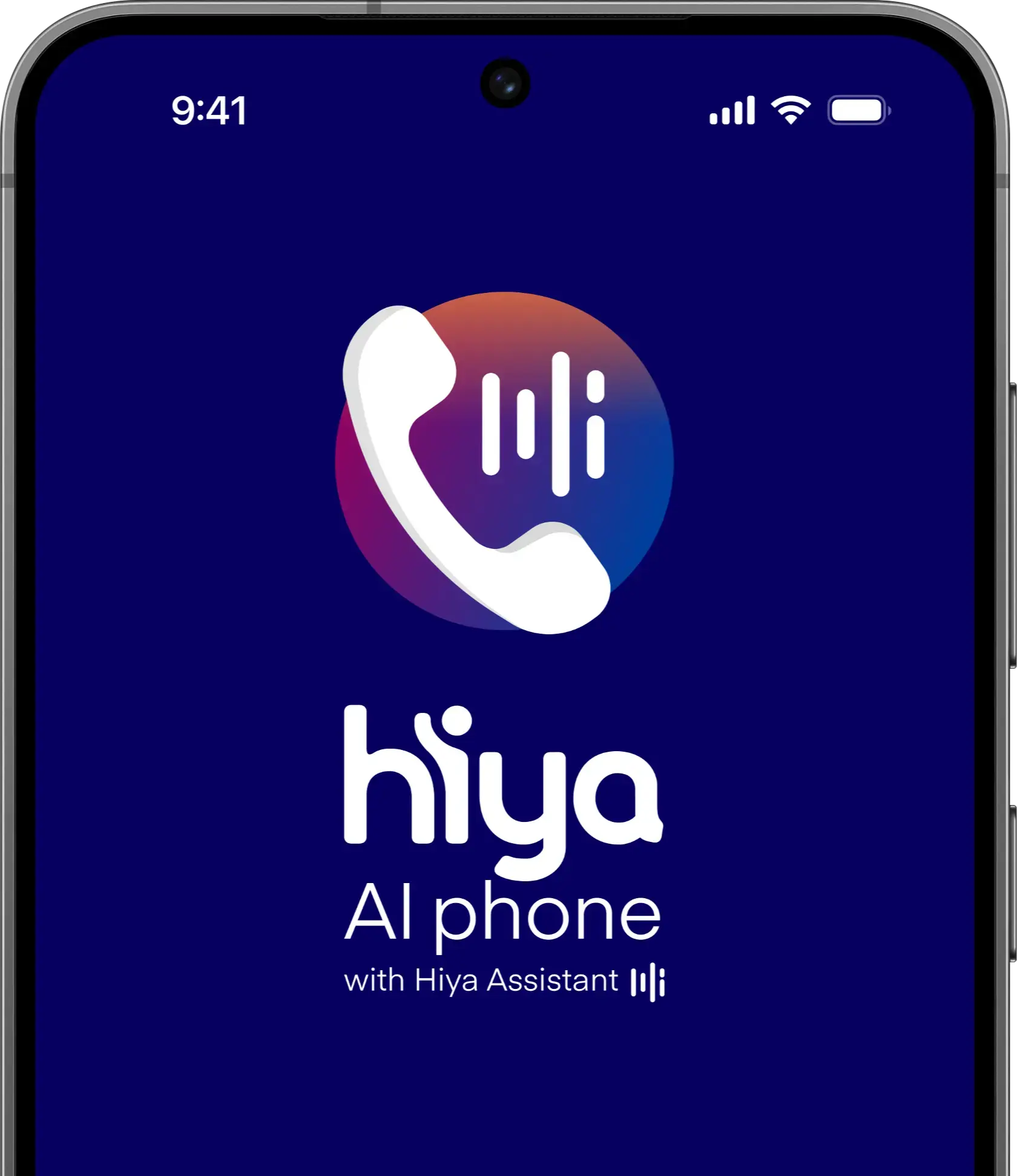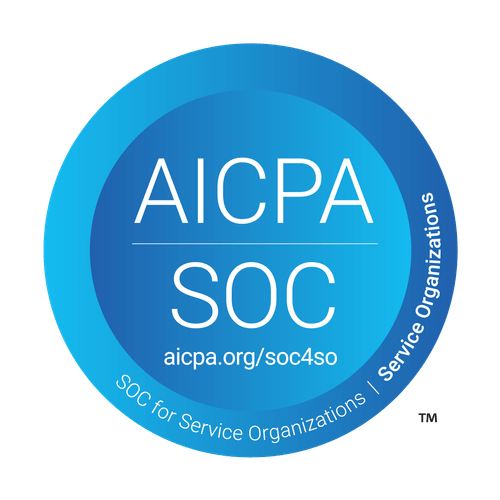
Many organizations utilize a contact center, where agents take customer inquiries from various channels in addition to phone calls. Managing and improving the quality of these interactions is important for productivity and organizational success, but because of the sheer volume of calls/contacts, monitoring the quality of every customer-agent interaction is impossible. Managers don’t have time to listen to or read every single interaction to provide feedback to agents or improve obsolete processes. The solution? Utilizing quality assurance technology to automate and simplify call center monitoring.
What is Call Center Monitoring?
First, let’s establish what call center monitoring is; the process and strategy of monitoring agent calls for quality - a complex measurement. Call quality is made up of a variety of factors, including but not limited to productivity, adherence to call center protocols, achievement of KPIs (like call handling time or first response resolution), and customer satisfaction — all of which are important in achieving the goals of the organization.
The best way for supervisors and managers to manage call center monitoring is to invest in a quality monitoring program. These programs are designed to automatically capture and report information; instead of listening to every call made in the contact center, they can see data overviews and take insights from there - and then listen to specific calls if necessary. This frees managers to focus their time and energy on problem areas and conduct individual reviews where they feel necessary, without worrying that they’re missing some bigger piece of the puzzle from the other calls going on during that time; if there is an issue, the quality monitoring program will draw attention to it.
4 Tips for Improving Quality Using Call Center Monitoring
- Be Intentional
Being intentional about quality monitoring means that you’re not just conducting random observations of recorded calls, but that you’re searching for insights within the data you gather, and then following up on those specific insights - listening to relevant calls and reviewing processes involved in the areas where you’re experiencing problems.
Once you’ve gathered this data, it’s also important that you’re intentional about the changes you’re making. Make sure you discuss changes with agents and other managers to ensure the changes you’re making are a viable solution to the call quality issues you saw in your data.
- Invest in Your Agents
The most important part of your call center is your agents (as they’re the ones who are interacting with customers). So a huge step toward quality monitoring is being able to trust your agents to do quality work - this requires investing time and resources into the hiring process, and continuing to invest in ongoing support and training for agents.
It is also important to identify clear goals that you expect agents to reach and then provide support, training, and motivation to help them reach those goals. Agents can provide quality work when they know what quality means.
Providing consistent feedback on calls, whether that’s allowing agents access to their statistics each week or giving feedback on recorded calls, is another way that you can improve call quality. Encouraging agents to review their recorded calls is also a great way to encourage continuous improvement.
- Focus on KPIs
As we said above, with the sheer number of calls and contacts your center handles, it’s impossible to individually review each interaction to ensure quality. This is where priorities come into play. Focusing on your organization’s KPIs can give you a clear scope of relevant areas to monitor. By carefully selecting metrics and diligently monitoring quality in these specific areas, you can ensure that your focus is on the most valuable strategic areas of your organization.
- Use the Data You’re Gathering
No matter what methodology or call center monitoring program you implement (or have implemented), you will have large amounts of data to sift through. You should regularly analyze and report on the data that you see coming from your quality monitoring, and clearly represent the trends you’re seeing when presenting to management and supervisors.
Finally, don’t let it go to waste; this data must be used to make strategic changes and adjustments to your call center operations. Implement agent training, pivot strategy, and change or modify tools that aren’t working. Using your call center monitoring data to make changes is the most effective way to improve call quality.
How Hiya Can Help
Hiya Connect offers tailored voice performance insights on the calls coming to and going from your call center, giving you access to advanced quality call insights. All of this data is presented in an easy-to-read dashboard that allows you to analyze and present data insights without additional work. Track your answer rates, call durations, and more.
Are you tracking the right metrics in your call center? Download our Call Center Metrics eBook and optimize your calls to meet your business goals.








